CES 2007 + iPhone
Tonight we had our first opportunity to get our hands on the newest phones from the major handset manufacturers. In the bunch were two new phones from Nokia and one slightly updated version of an existing model. The first thing noticeable about every single phone is that they all did a superb job of attracting fingerprint smudges. Icky body oils aside, the phones were relatively sharp looking.
The first new Nokia is the N93i, which is essentially an N93 after several weeks of Weight Watchers. It boasts a slimmer profile than its older brethren, as you can see in the pictures, but it's still pretty hefty. Where the N93 is a total brick, the N93i is a hair smaller in every dimension, which you notice only when the two are side by side. It felt solid and the surfaces were smooth and easy to grab onto. No edges or ridges dig into your hand and it was comfortable to grip when closed.
Looking at it, it's obvious Nokia put in a little work to refresh the look of the phone. The color has changed from mostly black to a standard-looking metal gray. The front surface is now a glossy, smooth plastic piece and the OLED has moved closer to the bottom of the phone, which was easily readable in the dim room, but we didn't get to see the phone in sunlight. This is the one surface that held the most grime. Still, it has more style than the older version.
The basic framework hasn't changed. The top of the phone swivels the same way as the N93 and the hinge felt solid. Even after playing around with the hinge and tweaking it ever so slightly, there was very little play in it. Who knows how the hinge will stand up to daily rigorous use, though. The screen automatically re-orients itself to landscape or picture frame mode depending on which way you have it, which is always useful.
The keypad was somewhat different in texture and design than the N93. The keys all felt solid, and weren't spaced too far apart, which meant typing out text messages and navigating through the S60-based menus was easily done. All the other major camera controls remained unchanged, with the shutter release button and zoom jog dial all having satisfying action.
Testing the N93i's main feature, the video camera, produced satisfying results. The screen's colors were crisp and clear, and relatively artifact free. The controls were easy to operate and there was very little software lag on performing any of the functions.
All in all, positive changes for the form factor.
N76: Okay, so this phone is another RAZR wanna-be. When you look at it, it's obvious where Nokia got their major design cues. that's not to say that the N76 is a bad-looking phone, but it Nokia should know better than to be a style follower.
The best way to explain this phone is to say that it is the same guts and performance of the N75, but with a new skin wrapped around it. When closed, the N76 appears to be a somewhat blocky flip phone. It's hard to say that anything really sets it apart from the large field of flip phones, except that it's bigger and squarer. While the N75 was by no means a large phone, the N76 does present a slimmer profile, which you can see in the pictures. But it is also a bit longer than the N75.
It feels smooth and solid in your hand, and has a decent display on the outside. There are also the now-standard controls for the music player on the front, so you can access and play your tunes without opening up the phone. These buttons were all easy to use and performed their functions well. Like the N75 these controls can also be used to navigate other functions like the camera, calendar and call list.
Opening the phone is very satisfying. As with other Nokia models, it simply feels solid. The build quality of the hardware is certainly not an issue. As you can see in the pictures, it clones the style of the RAZR in a way that only Nokia could do.
The first thing you notice upon opening it is the screen. The screen is flat out amazing. The colors are brilliant and vivid, and the motion smooth and crisp. The same was true of the N75 and most S60 phones, but here the screen is really all you see. Navigating between menus and folders and applications was intuitive with the S60 3rd edition operating system and the animations were deftly displayed on the screen. Of the phones many features, the screen definitely ranks high, though it would have been nice to see an improvement over the N75's screen.
The keypad is a different story. Where other RAZR-esque phones have mimicked the laser-engraved feel of its keypad, Nokia goes in a slightly different direction. There was some disagreement among us about how satisfying the keypad was to use. The keys are somewhat textured with vertical ribs running across each key. The action to most keys was acceptable and there was no delay between activating a key and seeing the phone react. Even so, it did come across as just a little cheap feeling, compared to the super-smooth surfaces available on other phones. Typing out text messages and emails was easily accomplished. The center control key had little to no response, though, and it was hard to tell if it had been pressed or not, which resulted in double pushes. Also, the backlight was overly harsh and bled through the keys, making them hard to read. When compared side by side with the N75, the keypad does look better, but sometimes form gets in the way of function.
As with the N75, the N76 allows you to take a picture without opening up the phone. Using the dedicated camera key lets you compose an image with the front display acting as the viewfinder. The pictures from the 2-megapixel camera looked good on the screen, with images appearing to be sharp. At times the camera took several seconds to focus before snapping the picture, and other times it shot the picture right away. Given the dim lighting in the room, though, this wasn't surprising.
The N76 qualifies as a solid music player phone and Nokia gets kudos for including a standard 3.5mm stereo jack. Listening to some tunes, the media player worked well and the sound was reproduced accurately through headphones. Listening via the speaker did not provide for an enjoyable experience, though that can be said of essentially all phones.
For a first impression, the N76 is certainly a useable phone. The UI is quick, easy and just makes sense. It may not be the style leader that Nokia aimed for, but it's a solid performing device that looks better than its predecessor and allows you to access and use all the standard features with ease.
6131nfc: The only difference between the 6131nfc and the 6131 is the inclusion of near-field communications. Essentially, this allows the phone to act as a digital wallet, storing credit card information and letting users make automatic payments by waving the phone over a scanner.
Nokia did not have a full-fledged demo of this feature available to see on Sunday. The one demo on hand was using the phone to read a digital business card. One of the Nokia staffers had a business card stored in his wrist watch (how it got there is a mystery) and when the 6131nfc was swiped over the watch, the business card info of the wearer of said watch appeared on the screen of the phone. The menu let you add the contact information directly to the list of contacts. This is just one of many potential uses for NFC.


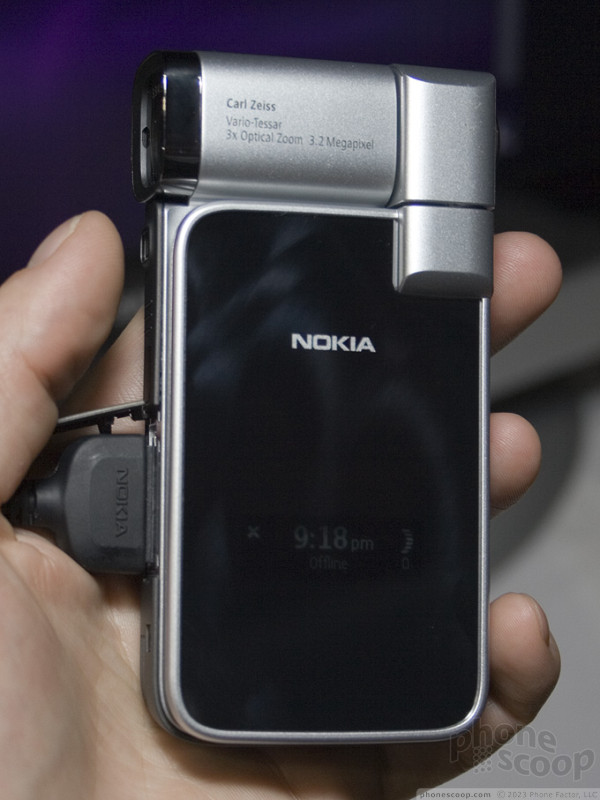





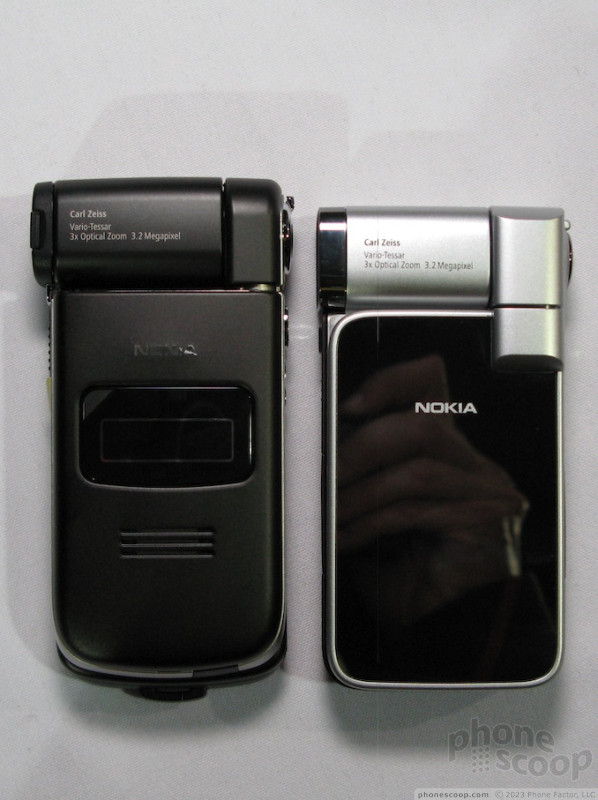




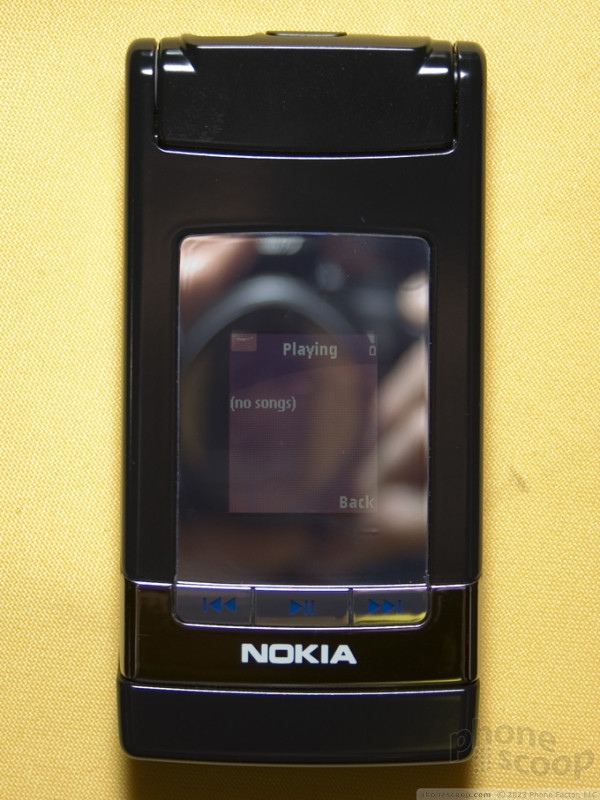





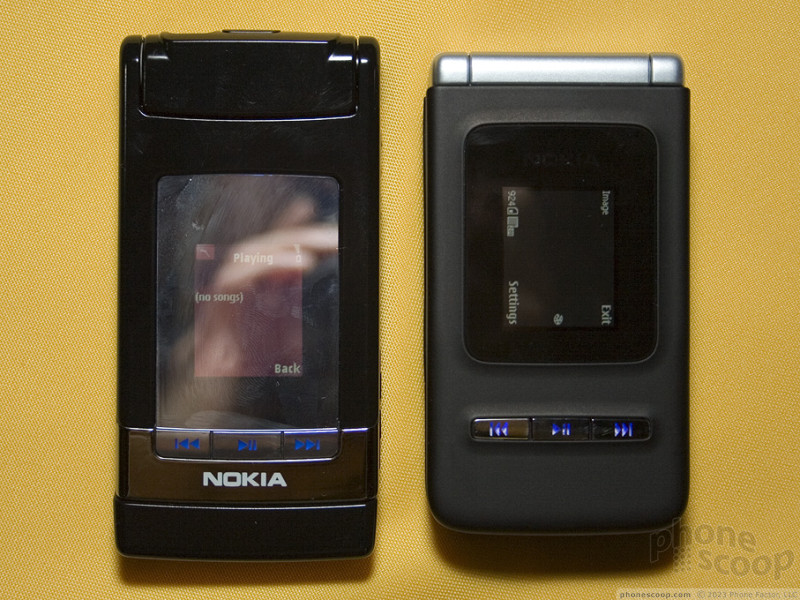



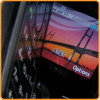 Video Tour: Samsung A717 & A727
Video Tour: Samsung A717 & A727
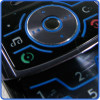 Review: MOTOROKR Z6
Review: MOTOROKR Z6
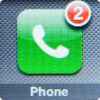 Review: iPhone
Review: iPhone
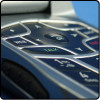 Review: Motorola ic402
Review: Motorola ic402
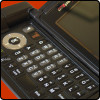 Samsung U740 Video Tour
Samsung U740 Video Tour
 Motorola ic502 Buzz
Motorola ic502 Buzz







